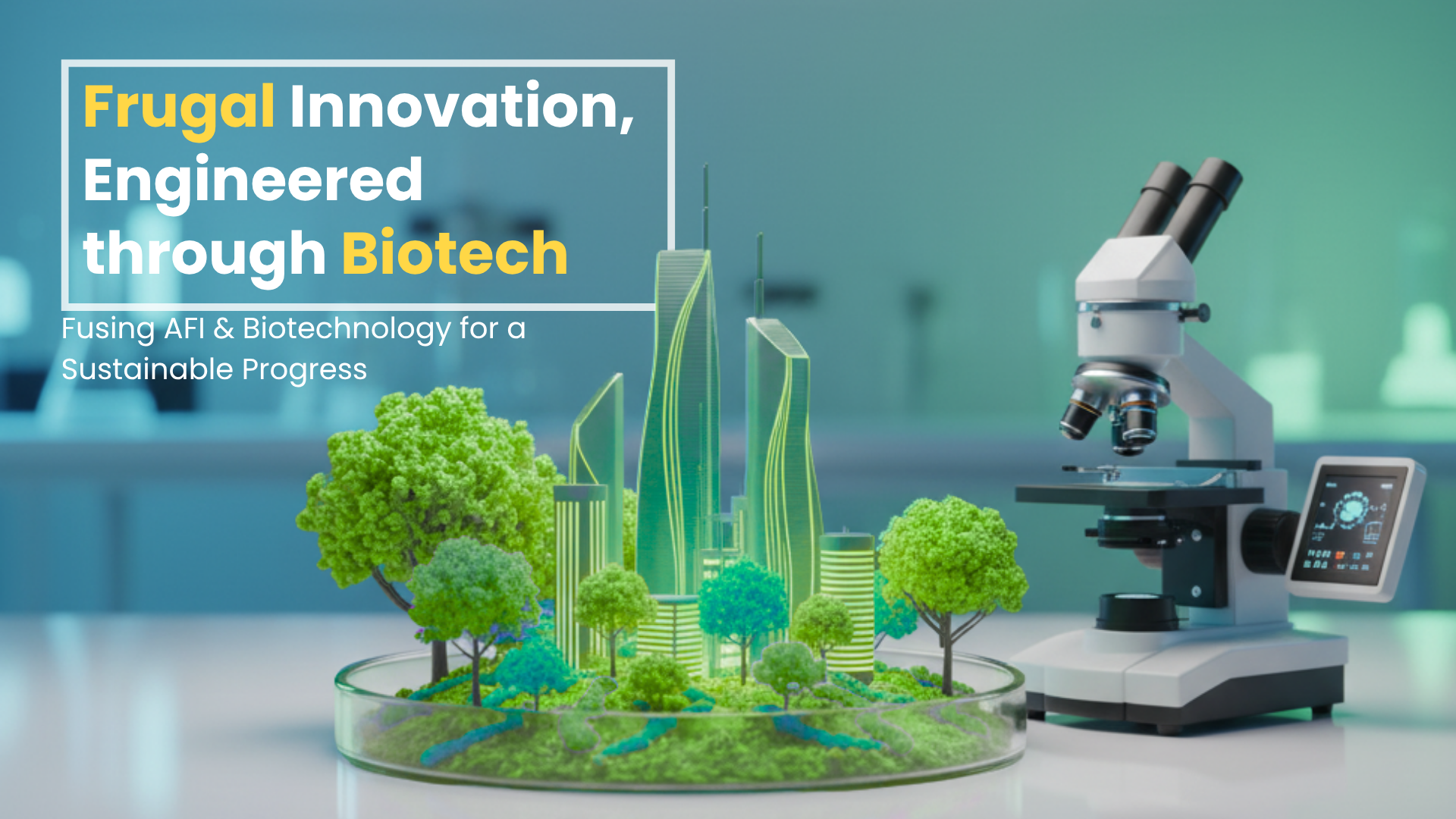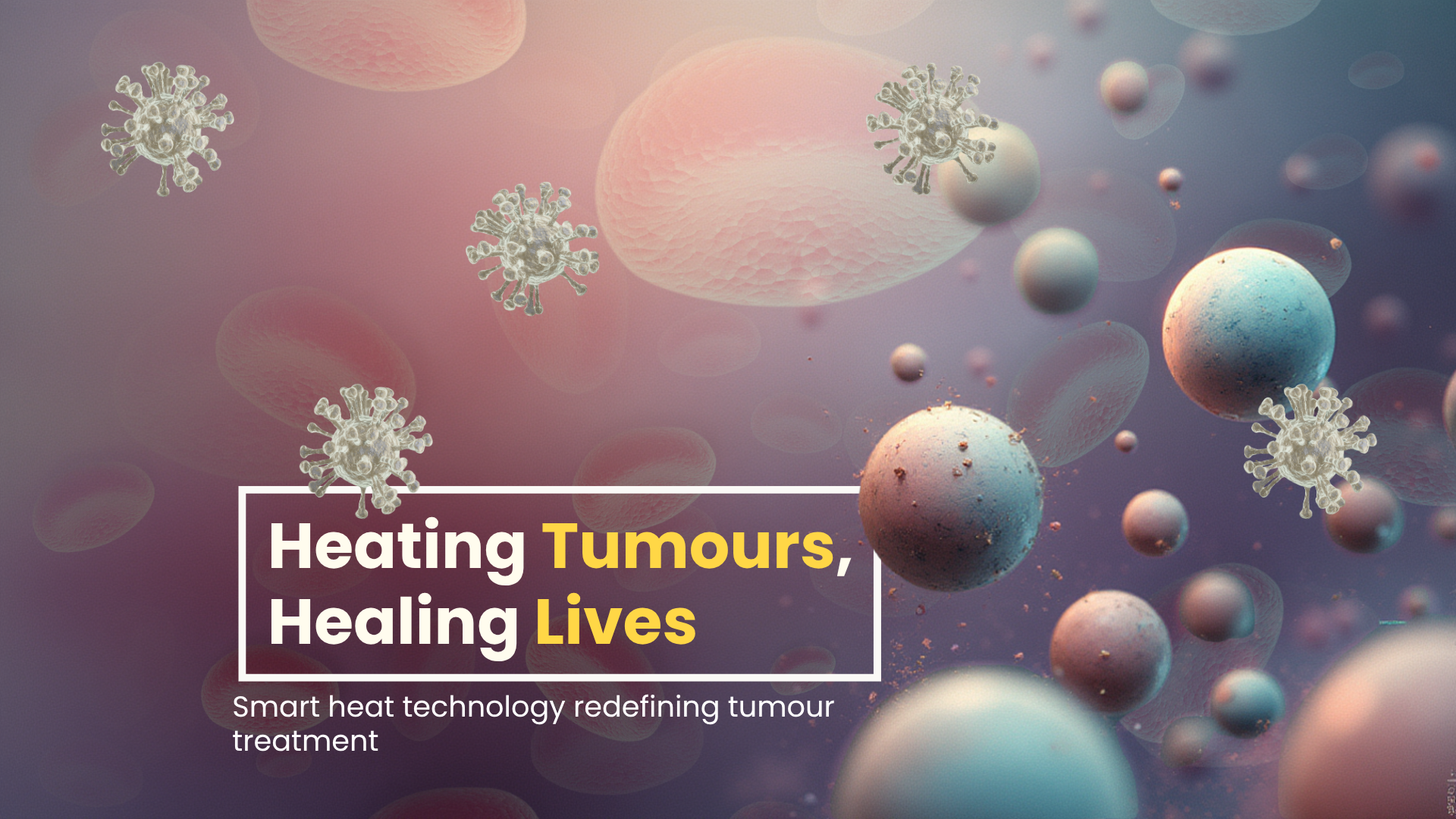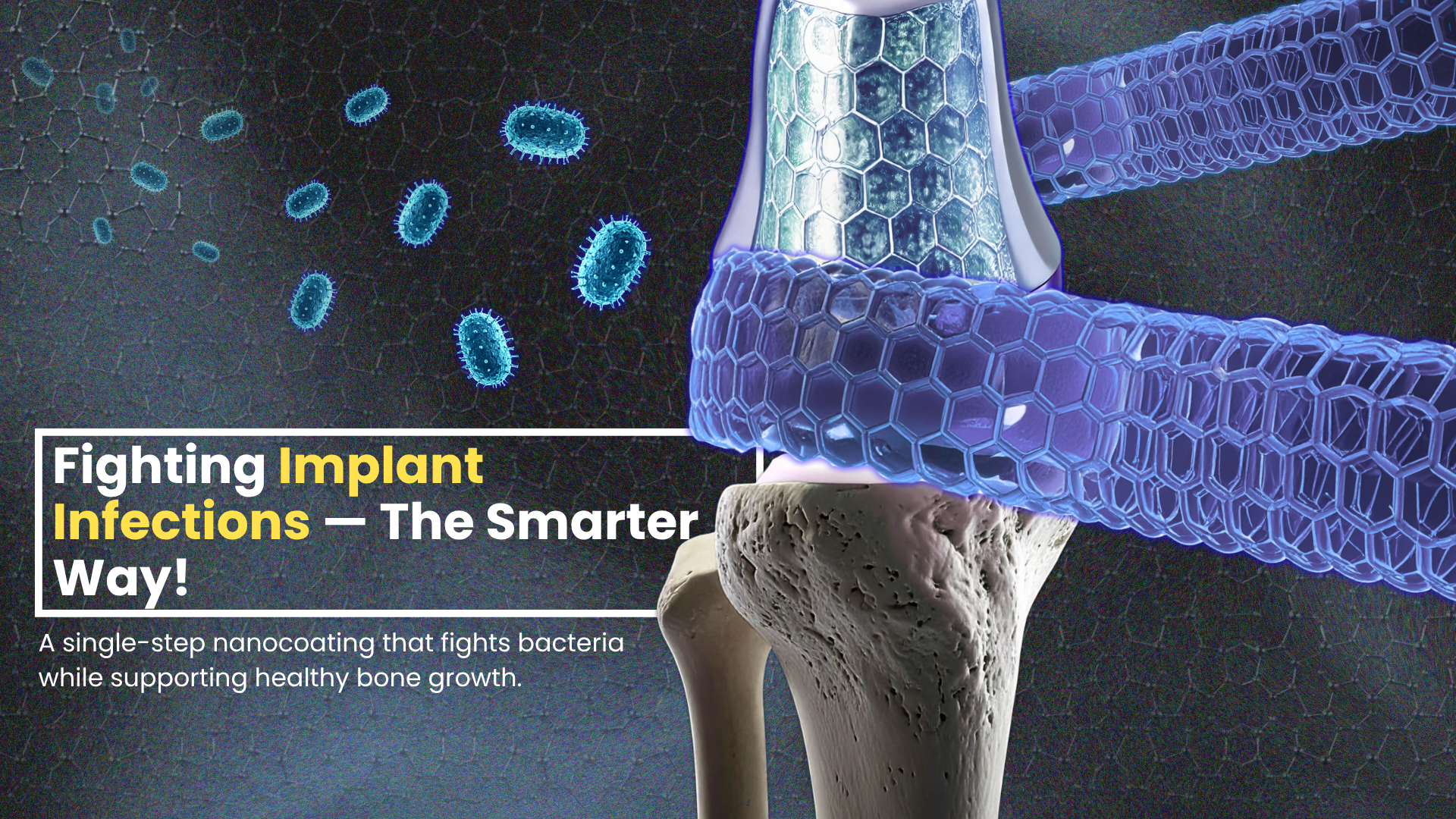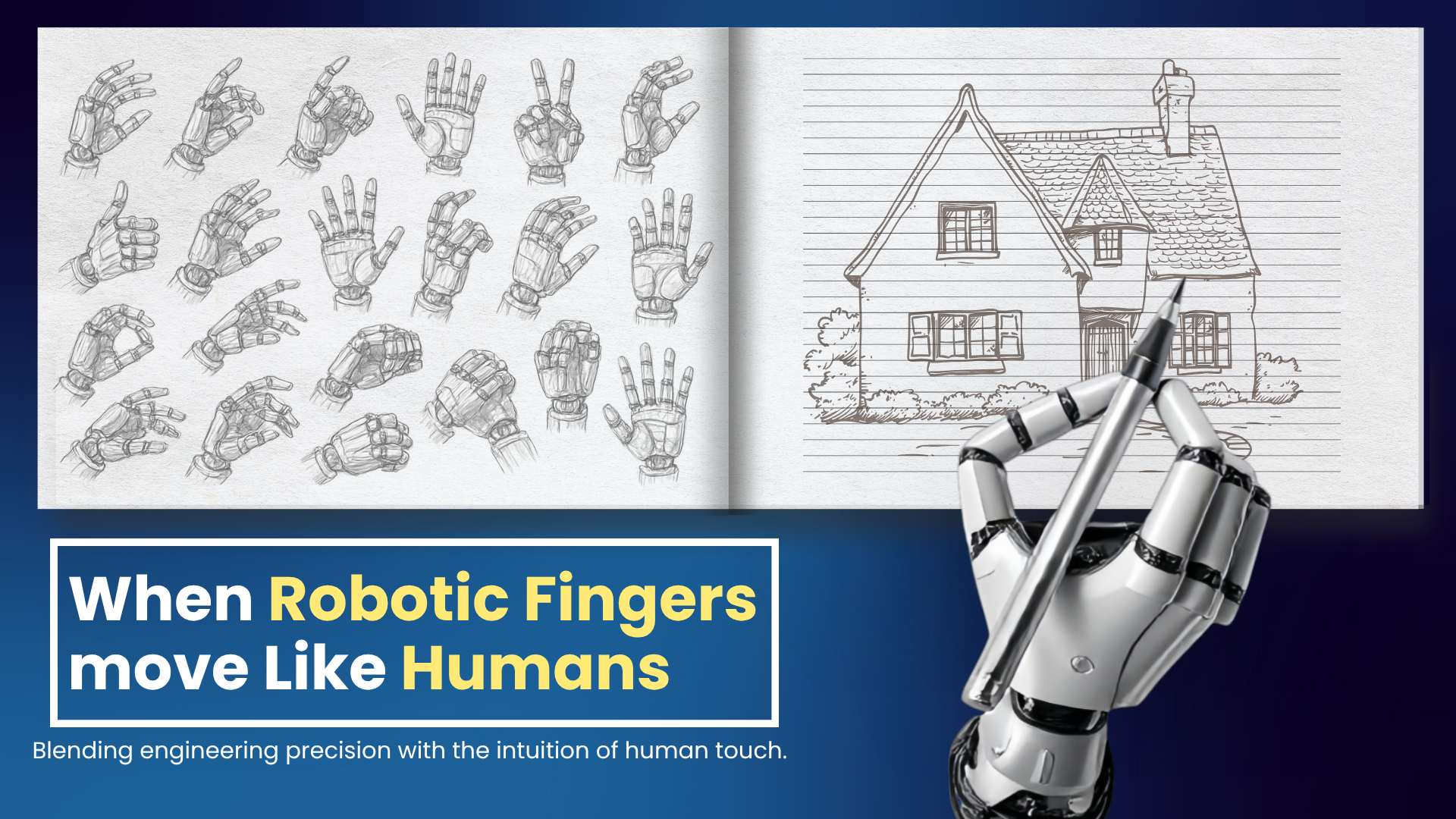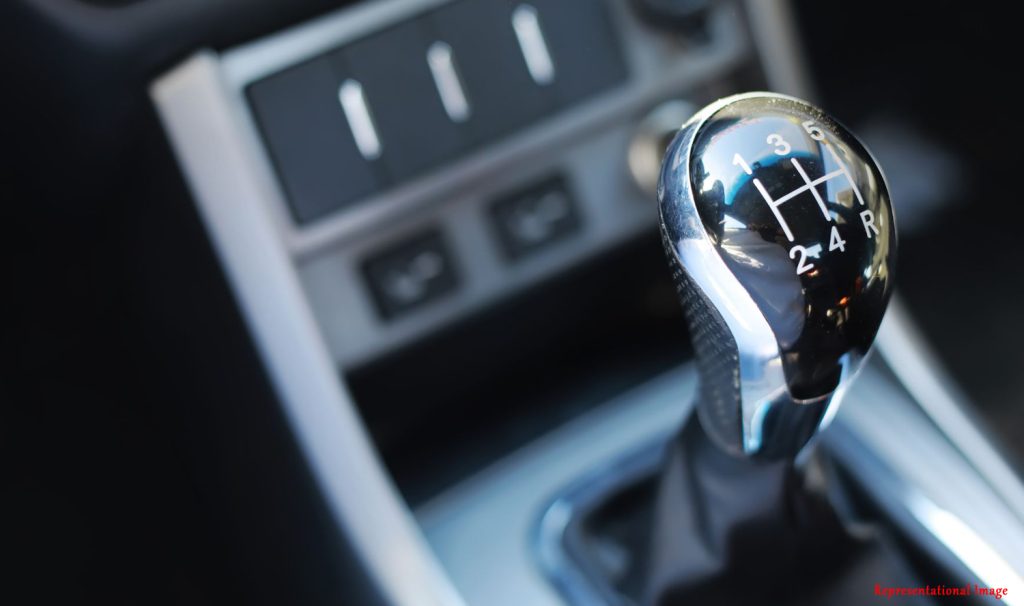
Remember the first time you released the clutch of a car? How the whole vehicle started trembling before you put it in gear and acceleration? Wouldn’t it be great if you could just avoid that vibration?
That is why the health of a gearbox is very important. It needs to be assessed regularly. A gearbox is basically a mechanical device that uses two or more gears that work together to change the speed, direction of rotation, or torque in a machine.
Gearboxes are used not only in cars and other vehicles. They are also used in machines such as pumps and mills. Gearboxes are also integral in complex heavy machinery in large scale industrial plants. The method proposed in this study is aimed at addressing sensor placement issues in industrial plants.
Health monitoring of industrial equipment is generally done through analysing the sensor readings. It is imperative to attach these in ideal attachment points. However, practically this is not possible due to spatial or operational constraints. That is, sometimes the sensor attachment points are inaccessible due to other machine components in the space or the temperature, electro-magnetic interference, etc. might make the health monitoring results unreliable. However, there may be locations available for sensor attachment which in a general sense are less than ideal. Hence, the study develops a framework, by which fusing data from these multiple locations (non-ideal) will generate reliable health monitoring results.
It is challenging to properly assess a gearbox as the reliability of sensors reduces over time, and background noise interference also poses a problem.
With more advanced technology in the form of modern processors and GPU-accelerated artificial intelligence, these enable the application of complex algorithms which used to be impractical in industrial settings.

Therefore, in this study, the authors Mr. Shahis Hashim, Mr. Sitesh Kumar Mishra, and Prof. Piyush Shakya from the Engineering Asset Management Group (The EAM group provides industrial consultancies, and the inspiration for this study is based on the ground level experience of the authors.), Department of Mechanical Engineering, Indian Institute of Technology (IIT) Madras, Chennai, India, aim to focus on modelling a gearbox health assessment framework that can perform efficient fault detection with available sensor attachment locations.
The authors used a sensor fusion approach in a multi-sensor framework (MSF), to enhance the health assessment capacity of the online monitoring system of the gearbox. The MSF is aided by a trained reinforcement learning (RL) agent. The RL is a deep learning (DL) process, by which an agent is trained to do a specific task. The training is facilitated by experiencing the operation scenario repeatedly. The agent is rewarded for taking the right decision and penalised for taking the wrong decision. The overall objective is for the agent to increase the reward over time.
The RL agent is trained to select optimum parameters for a signal processing approach known as an adaptive filtering technique (AFT).
The sensor fusion method developed by the authors was demonstrated by detecting severity of fault in single stage spur gearbox. When compared with contemporary fusion methods, the method generated reliable and fast results. Also, the method has shown high robustness against noise.
The proposed method was found to be a valuable asset for instantaneous gearbox health assessment. Further studies could be extended to machine elements such as bearings and pumps.
Dr. Sivanand Somasundaram, who is a senior research scientist at the Energy Research Institute, Nanyang Technological University, Singapore, explained why the approach taken by the authors of this study is significant with the following comments: “The proposed novel approach combines signal processing with reinforcement learning (RL) to handle scenarios with data scarcity. In some scenarios due to practical constraints like space, cost, process requirements/conditions etc. sensors and sensor data may be limited. For such scenarios, the proposed approach may help to get deeper insights with a limited data set.
Unlike conventional deep learning techniques, this method is tailored for specific tasks, and it requires a customized approach. The authors have demonstrated it for a scenario in gearbox health assessment. Its key strengths lie in its adaptability across various applications and its ability to deliver rapid insights, making it a valuable asset for Industry 4.0. There is much more research required to make this approach more universal, computationally more efficient and yet have better stability. The current work is a good start in demonstrating the new concept.”
Article by Akshay Anantharaman
Click here for the original link to the paper







